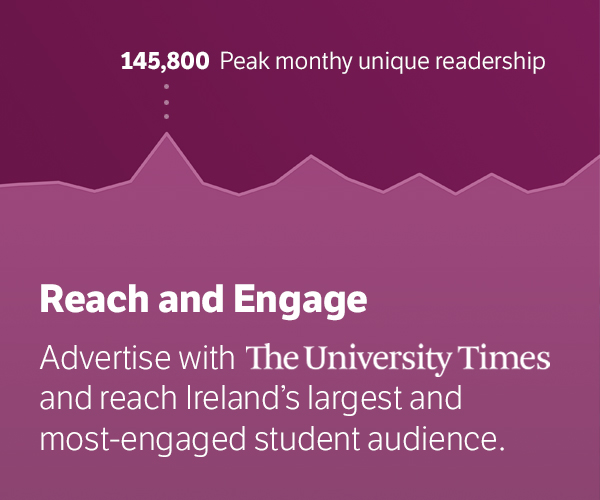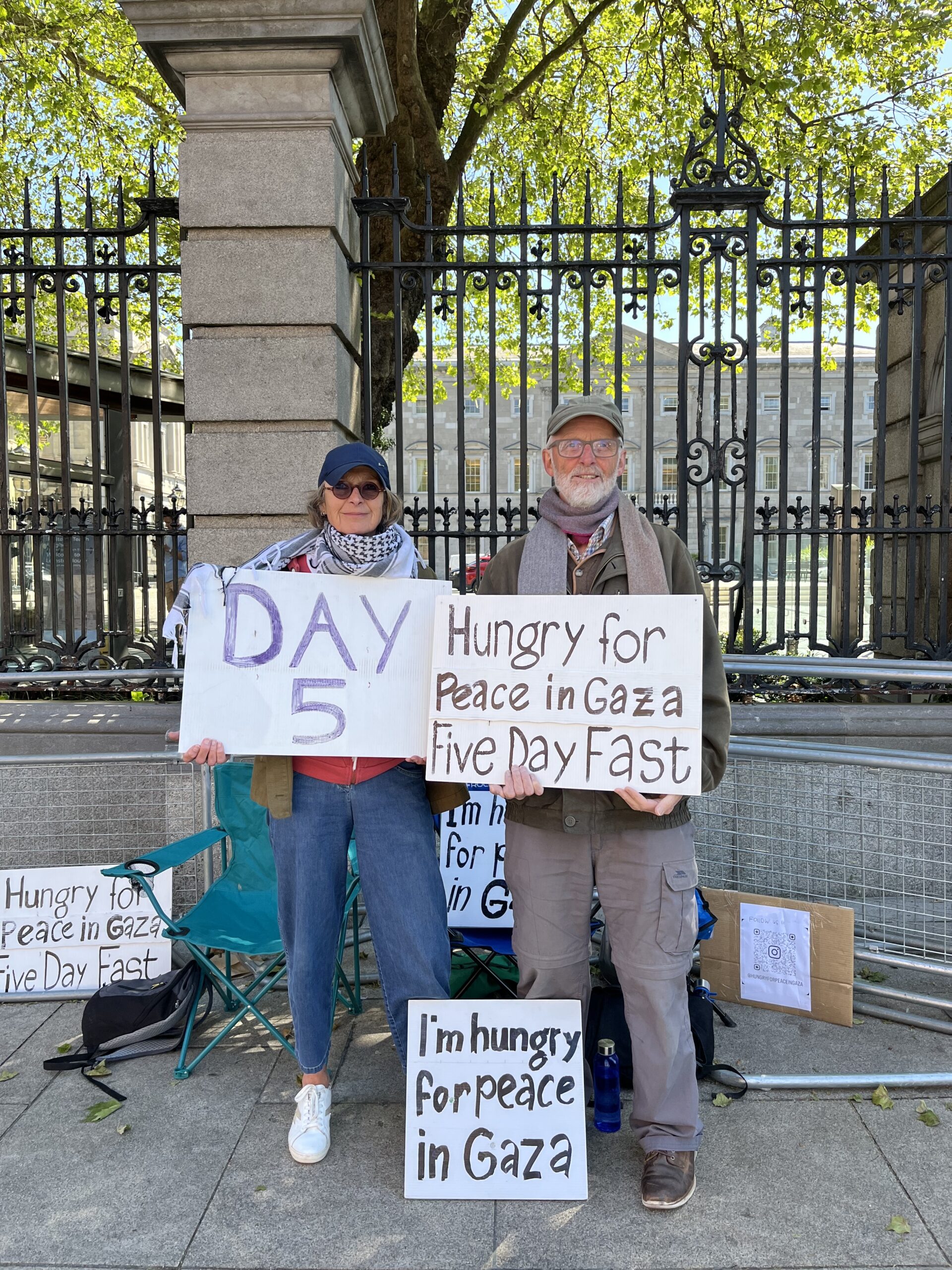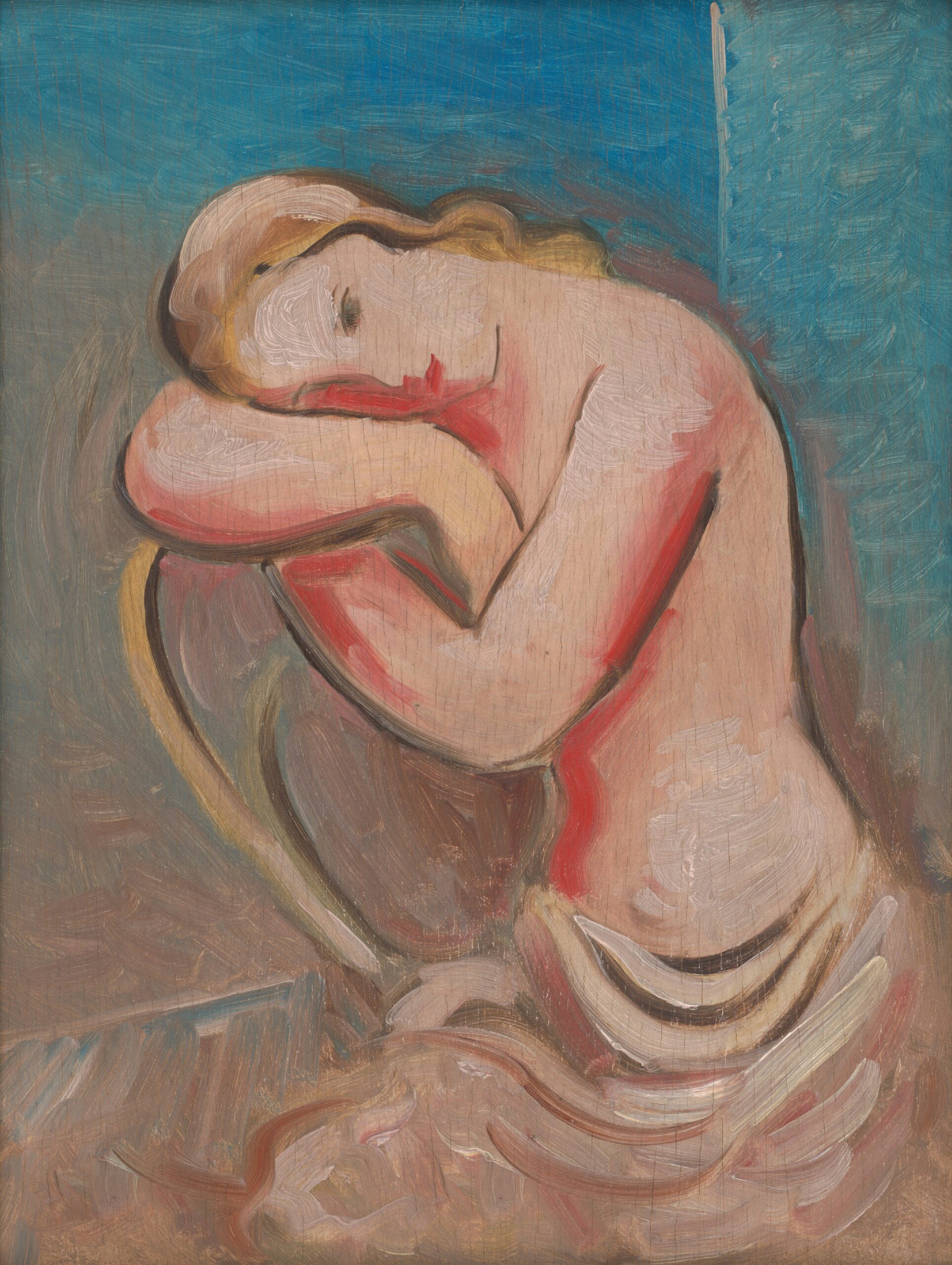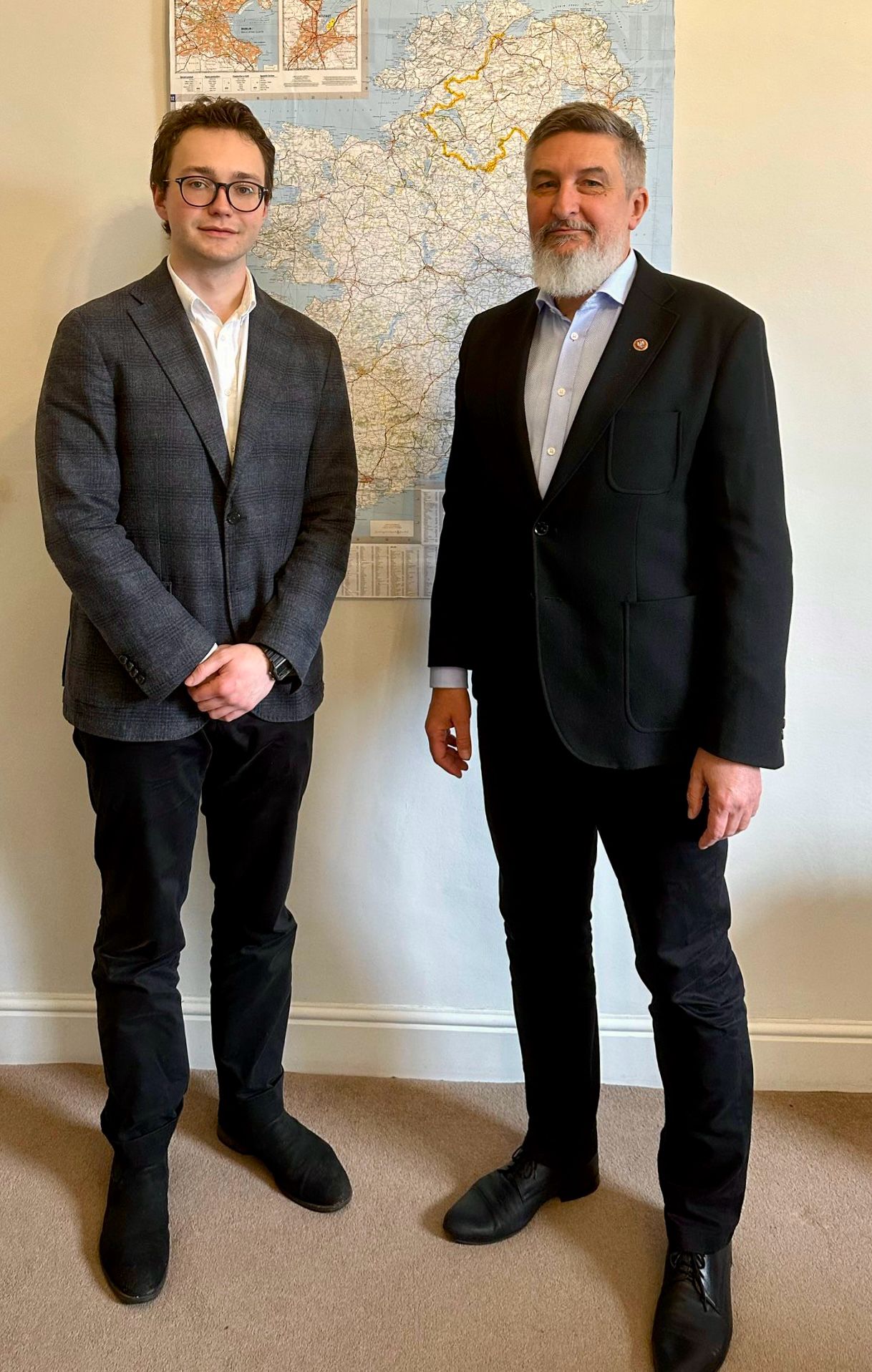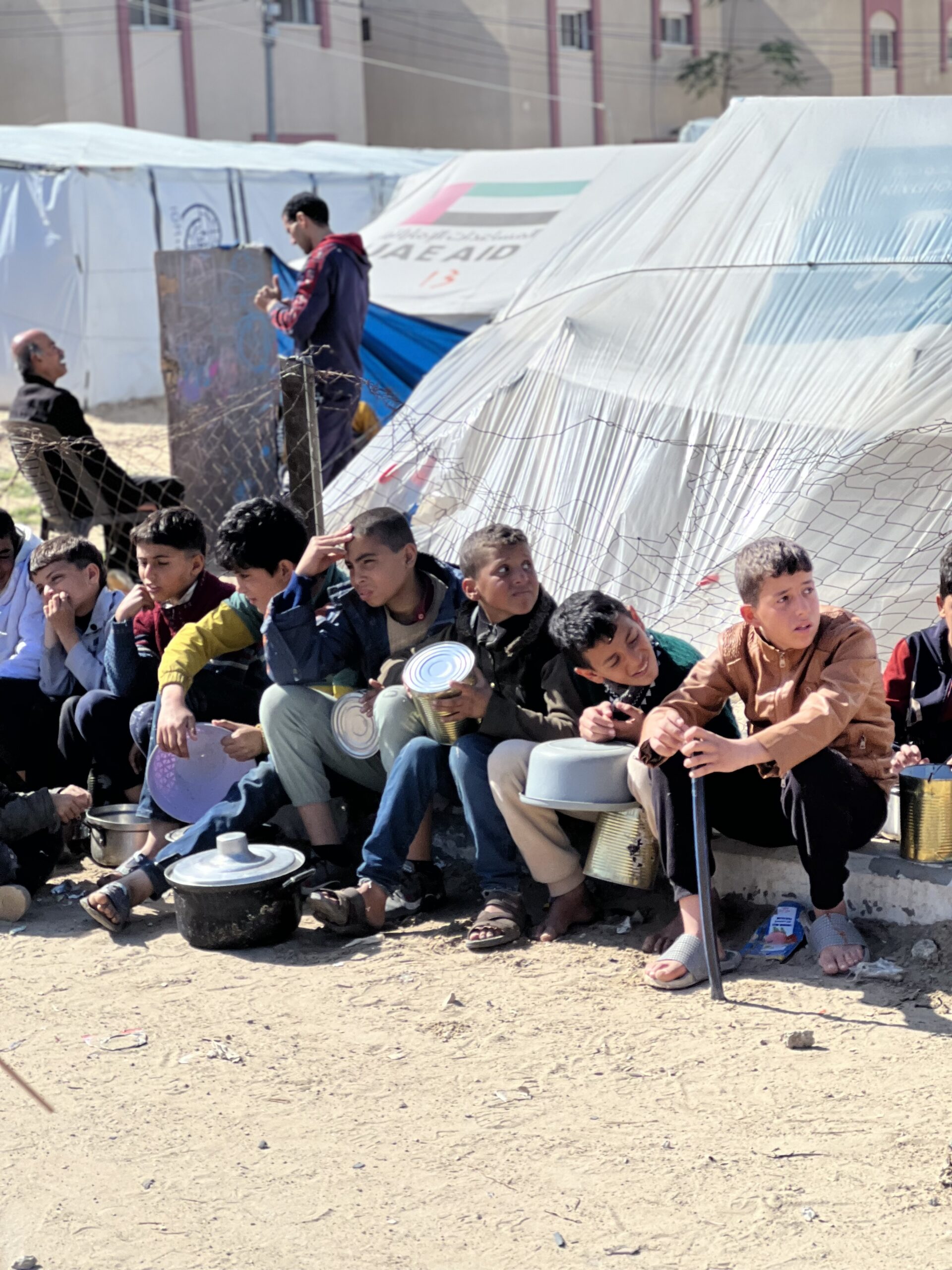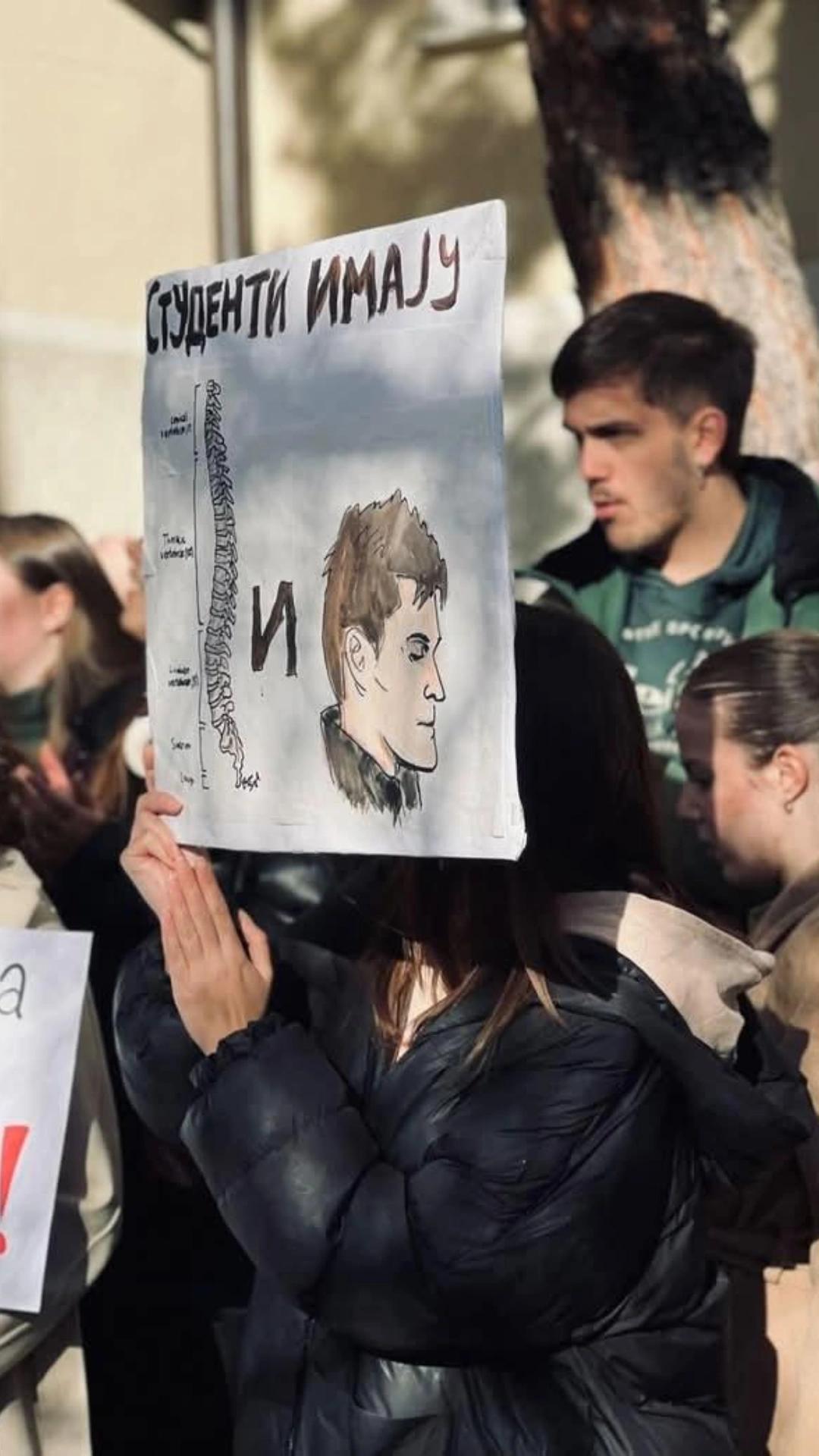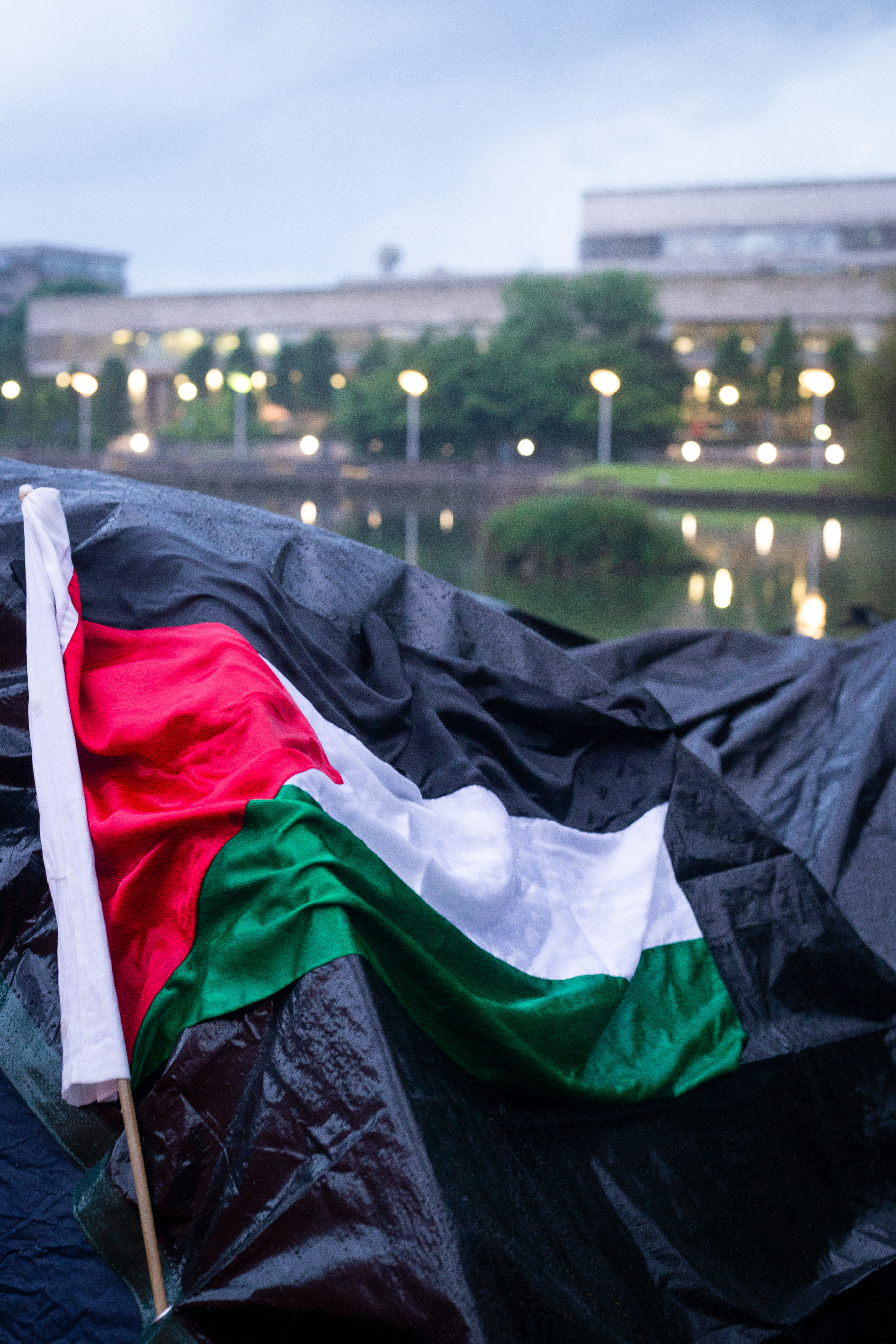Healthy, hot, horny. Such is the spirited and playful nature of the many campaign flyers that helped to inform a vibrant community of the HIV/AIDS crisis that placed their lives in jeopardy in the 1980s and 1990s. Over the course of May 12th to 26th, the Gay Health Network (GHN) gracefully welcomed its thirtieth year in action in the Naughton Institute with the exhibition ‘Out of the Strong, Came Forth Sweetness’. The display featured the work of over 25 artists and saw a series of talks and events take place that explored the poignant history of Ireland’s LGBTQ+ community, contemplating HIV-related stigma and activism from the past three decades. Curated by artist Brian Teeling and assisted by Aisling Clark, the gallery was animated with archival club-night flyers, campaign ephemera, visual art borne of queer joy and grief, and charming phallic ceramics.
Working with minimal funding and no paid staff since the beginning, GHN was founded in 1994 as a much needed network for promoting sexual health awareness – coming about just four years after the disbandment of Gay Health Action, Ireland’s first AIDS activist organisation. GHN’s main objectives include the promotion of HIV prevention among men who have sex with men (MSM) and to directly challenge HIV-related stigma and discrimination. GHN self-describes as “a partnership of NGOs and statutory agencies and individuals”, currently representing several LGBTQ+ organisations such as BeLonGTo LGBT Youth and Positive Now. A powerhouse of action, community, and altruism, GHN introduced the first National HIV Prevention and Sexual Health Awareness Programme for MSM in partnership with the HSE – Man2Man.ie – to resounding success.
‘Out of the Strong, Came Forth Sweetness’ infused life into the usually bare Naughton Institute, offering a number of events including a Lesbian Art Circle Poetry Reading, an open forum on Queerness and Transgression, and a panel discussion on Queer Exhibition Making in Ireland. The main installation of the exhibition brought together a myriad of distinct yet beautifully executed mediums. One was first greeted by the remnants of a performance art piece by Day Magee entitled ‘The Fatal Obedience of the Image II’ that took place a handful of times over the two weeks, pulling you in to the vast foyer and down through its converging walls with every transfixing cyanotype and photograph, placing you finally in an alcove of archival club-night flyers and fundraiser posters for Dublin AIDS Alliance (HIV Ireland). It was hard not to take notice of the vibrant gaiety among the tongue-in-cheek posters, carrying an abruptly contrasting tone to the matter at hand. It’s not hard to remember how tragic of a time it was but, according to curator Brian Teeling, “in amongst that, people were still trying to live – they still had a sense of humour”, making reference to the fundraiser ‘Cabaraids’ as an example of the will in the community to keep going, and keep morale high despite frequent funerals.
Climbing the stairs, the exhibition deepens into a more intimate archive of the collective memory. The first floor of the gallery was home to artists both established and emerging with pieces that demanded your eye and announced their unapologetic presence. A memorable moment was met when rounding an unsuspecting corner, only to be winded with a striking yet gorgeous tribute by Conor Horgan to graphic designer and AIDS activist Oliver Stanley. Complete with his leather hat and portraits of him, it was hard not to circle back around just one more time before leaving. The other wonders of the first floor included a thrilling display of multihued ceramic phalluses enmeshed in whimsical gourd shapes, entitled ‘Squashcock I-V’ by Kian Benson-Bailes. Tucked away at the far end was the exhibition’s ‘darkroom’, dimly lit and boldly intimate with works confronting the politics of the body. Challenging conventional boundaries, three works of artist Billy Quinn sought to pull you in and confront the question of Irish identity, sexuality, and the cultural dissonance between. It seems a natural reaction to avert one’s eyes intermittently when presented with a human body, God forbid one that is sexually liberated, but in intentionally spending time with these pieces a safe space becomes known and barriers begin to fall – and at once one discovers the impact of freedom in art.
Quinn is “one of these incredible, incredible, almost kind of lost Irish artists”, says Teeling, “a lot of his work has been destroyed or it’s lost, it’s gone”. Having moved to New York in 1990 to be at the “coalface” of the HIV/AIDS crisis among artists such as Felix Gonzales Torres and David Wojnarowicz, Teeling is puzzled how Quinn is not a widely celebrated artist. However, he notes, “hopefully that’s something that we can begin to rectify and speak about Billy’s work and how brilliant it is”, then, after a moment “because it is a portrait of Ireland – it’s this abuse and shame and pain and it’s also in Irish”.
Trawling through newspaper clippings and promotional materials in HIV Ireland’s archive to understand the public’s perception of the HIV/AIDS crisis as it unfolded, I could feel the palpable stigma even through a laptop screen decades later. From reader-letters penned by concerned and traditional mothers, to op-eds by priests and cardinals pronouncing AIDS as a “form of sin” since they cannot condone homosexuality. A Fianna Fáil spokesman on Health in 1987 argued that signs should be put up countrywide reading “promiscuity can kill” as an answer to the health crisis. The published court of 1980s public opinion was a circus of cymbals and monkeys that one would only hope to find such hysteria nowadays in the depths of Facebook groups. Speaking to Teeling on activism and its role in personal identity, he says “I think it’s inherent in everybody and everybody should be an activist and everybody should speak out”, and that “sometimes it’s very difficult to keep your mouth shut”. When part of a community that has experienced so much agony and paved paths for the following generations, indeed it is. Though activism continues to be central to the LGBTQ+ community, it’s important to pay homage to the frontrunners who took blows that we may never have to because, in Teeling’s words “these are not just little footnotes in history, these are real people, real lives who had an effect on the world”. Heartwarmed by the weight of stories of people and legends such as The Diceman, or Thom McGinty, Teeling recognises that though there were tragic ends to their stories, they should be remembered as anything but, adding “they’re heroes … the rights that we have now are all won off the backs of all these people that came before”.
Queer art is joy, it is grief, and it is the beating heart of a resilient community – ‘Out of the Strong, Came Forth Sweetness’ lays this out in spades. With so much to say and so limited a time, Teeling says that he hopes the audience takes away with them the knowledge that this exhibition is just a very small look into a “much, much wider history”. An ideal objective would be for GHN to secure funding to do this every two years, “like an LGBTQ+ biennale for Dublin, which is sorely needed”, remarks Teeling. He goes on to ponder the space that needs to be created for queer art in Ireland, contemplating another LGBTQ+ person to come in and curate it their way – for example trans-focused or lesbian-focused – and offers “if anyone wants a hand with that I’m here to help, because that’s something I would love to see”.
In what appears to be a roaring success for art and the LGBTQ+ community, it’s hopeful that the many viewers and artists among us will have been inspired and shown that there is indeed space for them to take. A remarkable homage shown to those who saw the worst of and set the way for us amid a hostile environment, ‘Out of the Strong, Came Forth Sweetness’ was sure to leave every lucky attendee completely heartened. It’s also well to remember that promiscuity doesn’t kill, repression and bigotry does – it’s up to us to take care, not risks, and in the words of the iconic campaign flyer “dance proud, fuck safe!”.

